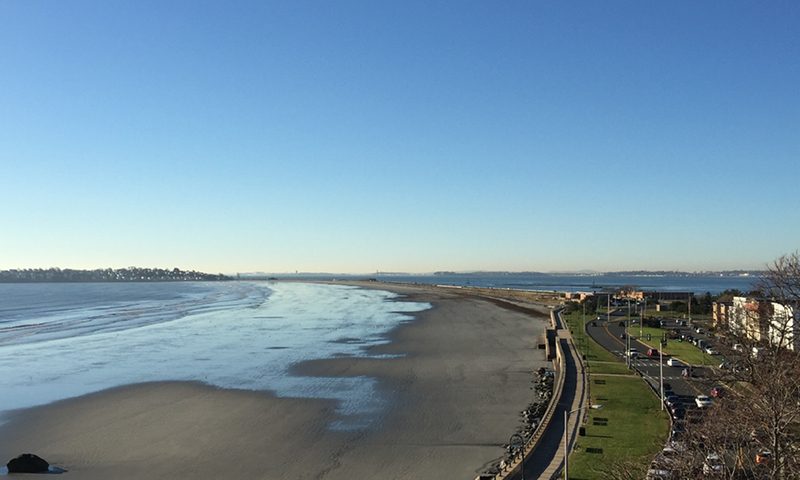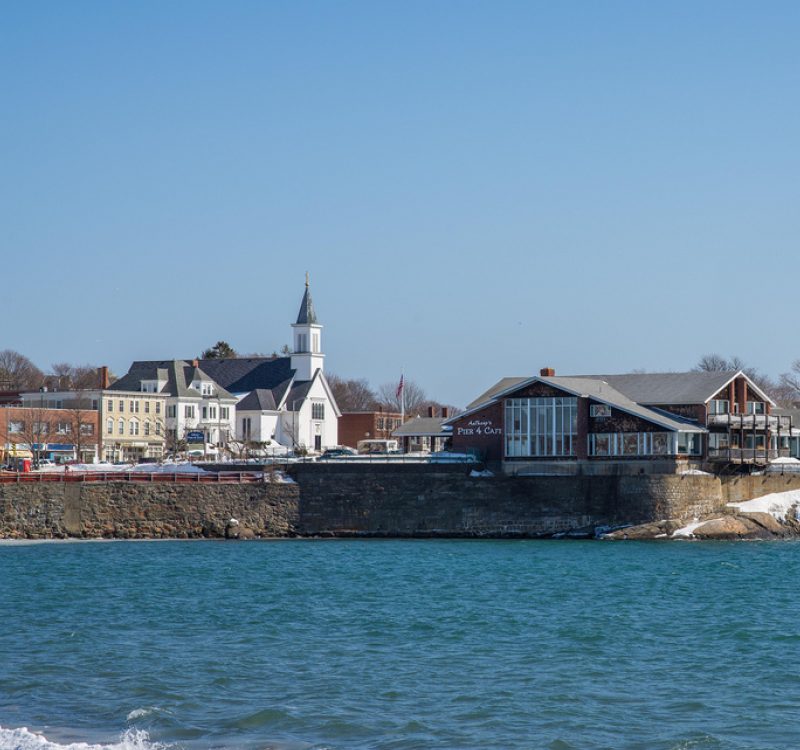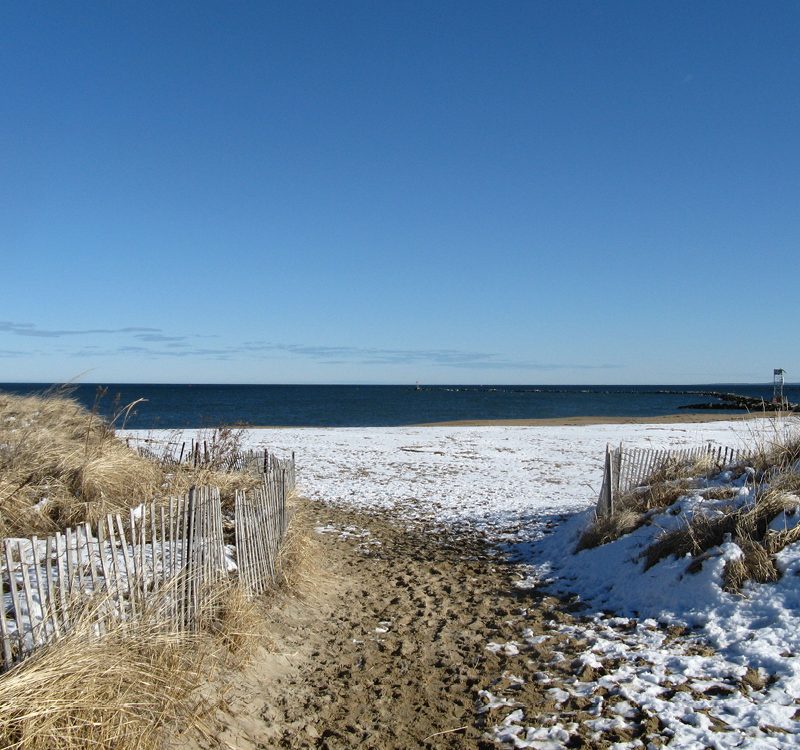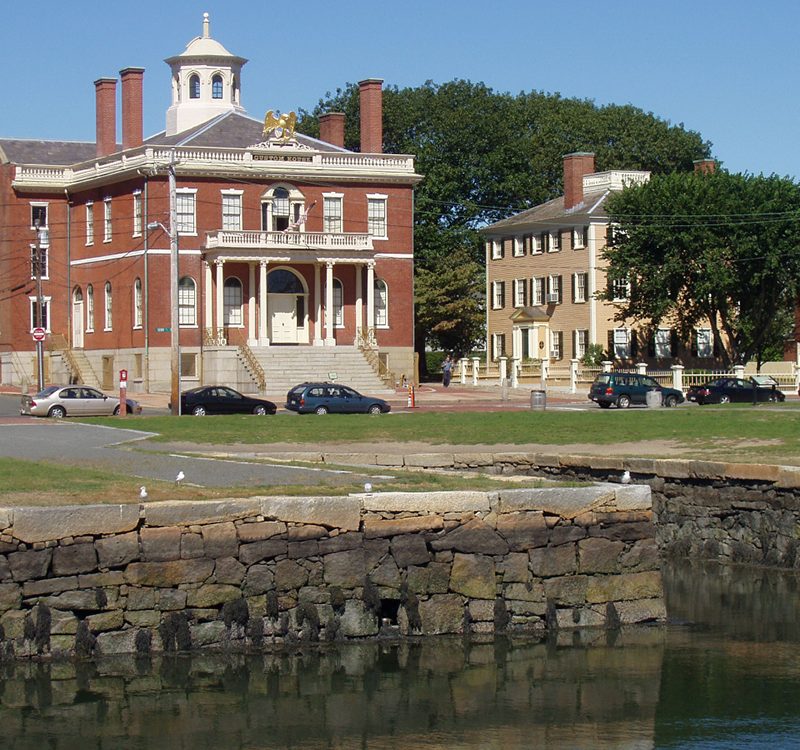
Lawrence, MA
February 22, 2017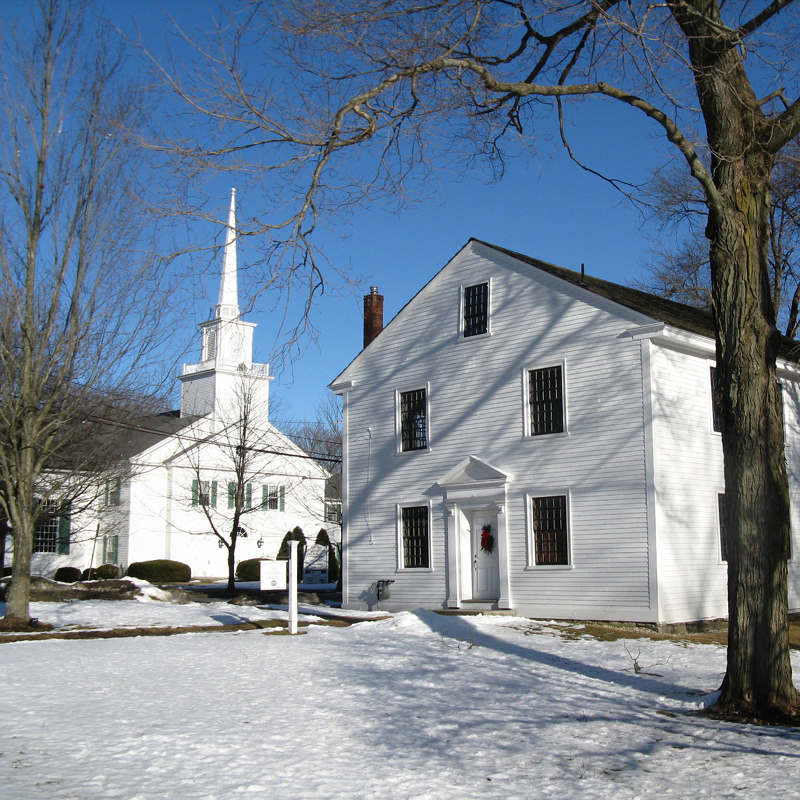
Lynnfield, MA
February 22, 2017Nearly 350 years ago, some settlers from nearby Salem wanted to find a less crowded area with greener pastures. They bargained with the Indians for some land known as Saugus, the place where the local Indian chiefs, the Sagamores, lived. This land originally included what are now the separate towns of Swampscott, Nahant, Saugus and Lynnfield. In 1630, that land was incorporated as the Town of Saugus, one year after it was founded.
When the first official minister, Samuel Whiting, arrived from King’s Lynn, England, the new settlers were so excited that they changed the name of their community to Lynn in 1637 in honor of him.
Although mostly an agricultural community, Lynn people were skilled in making leather shoes that were used to purchase the other necessities of life. A Quaker named Ebineezer Breed persuaded other Europeans to settle in Lynn to make the town an important shoe center of the new world. Breed was also successful in convincing Congress to place a protective tariff on the shoes made in Lynn, which helped to make the town the ladies’ shoe center of the world. Lynn became a city in 1850, as her population exploded. In 1892, the Lynn-based Thomson-Houston Electric Company merged with the Edison general Electric Company to form the General Electric Company.
Today, Lynn with a population of 89,050 continues to thrive and flourish as a community of hard-working people.
Lynn is rich with history, so visit one of our libraries, museums or historical society to find out more about the history of our great city.

